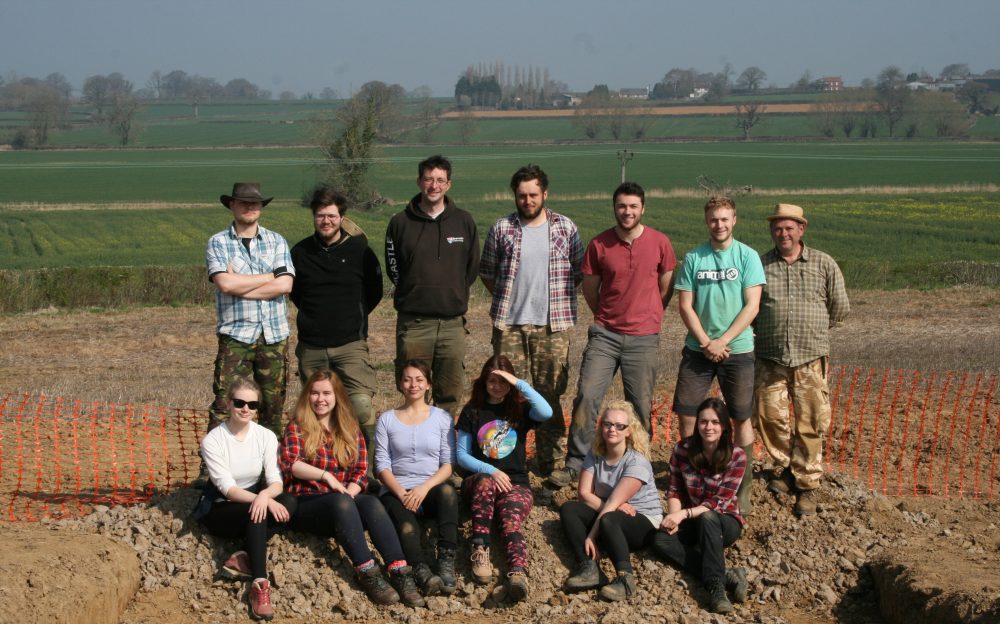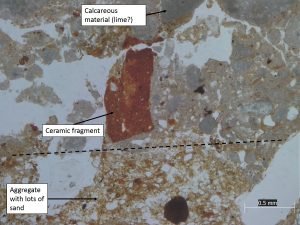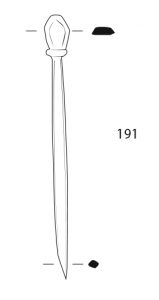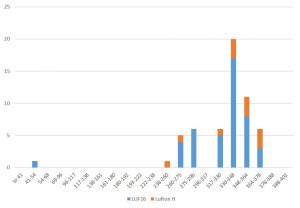For the second year running James has spent the run up to Christmas quantifying pottery from a Roman villa excavation. At least this year it’s been pottery from his own excavation!
We found 521 sherds of pottery last summer. Over 80% of this assemblage came from the Black Burnished kilns around Poole Harbour in Dorset. This is a bit higher than Hayward’s statistics (he reckoned that 61% of his assemblage was BB1). James is still excited about the burnt sherd from a Type 18 bowl.
Most of the rest of the pottery came from the New Forest (producer of some very nice purple drinking vessels) and Oxfordshire (red-slipped tablewares). There were a few local grey ware sherds, perhaps from kilns around Ilchester and, in keeping with the late Roman date of the site, virtually no inter-provincial imports. A single sherd of samian of Hadrianic to Antonine date must be residual and a single fragment of Baetican amphora might be from one of the late forms current in the third century. This suggests that the inhabitants of the villa might have had some access to olive oil.
In many respects the assemblage is typical of late Roman groups from sites in the West Country. Bradley Hill, Catsgore, Ilchester and the like all produce similar patterns. This suggest that Lufton was connected into the exchange networks that were current during the fourth century and was participating in the local economy.
Of course, what we really need is more pottery from securely stratified groups. Most of our finds come from the robbing and demolition of the building and this doesn’t help us as much as the finds from a nice Roman rubbish dump would!
Some of the pottery will be drawn in the New Year and we’ll try and post some pictures when we have them.
Until then, Merry Christmas and a Happy New Year, We hope you have more than a parcel of broken pottery under your tree on the 25th!









